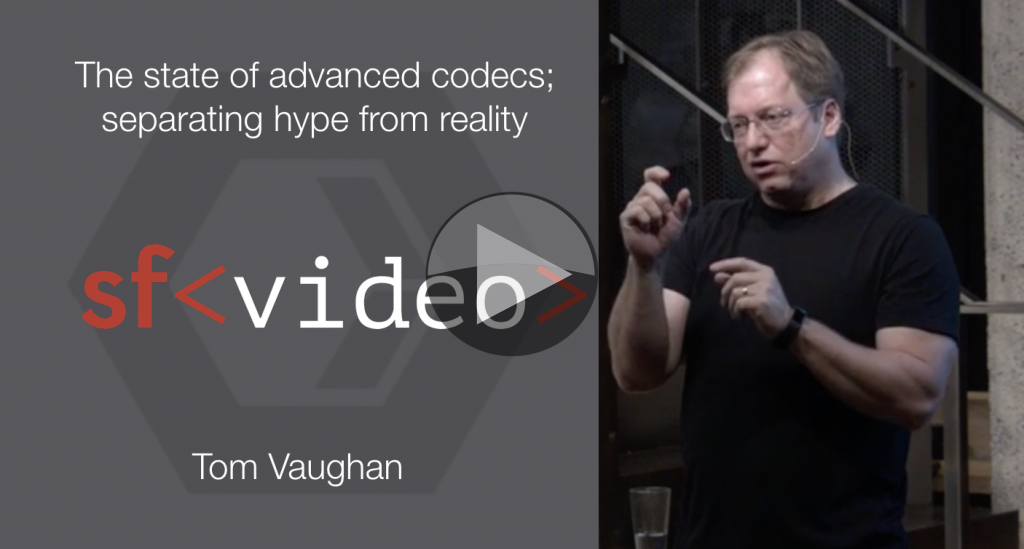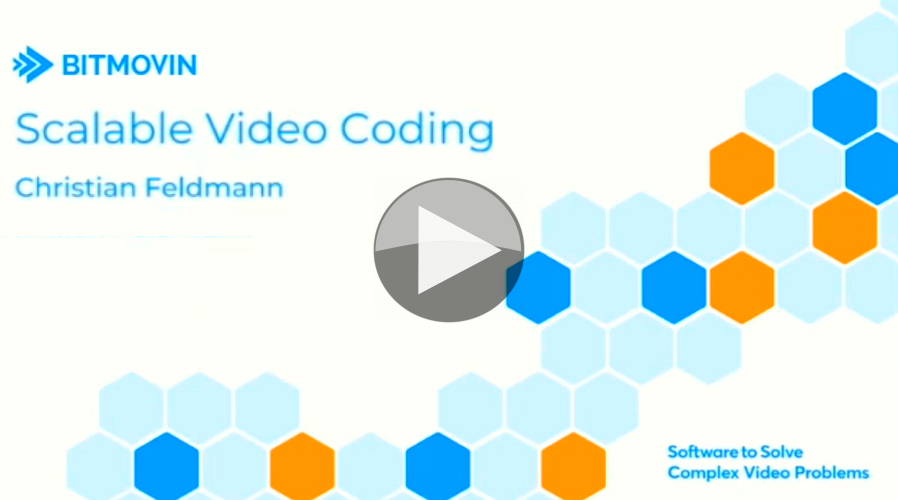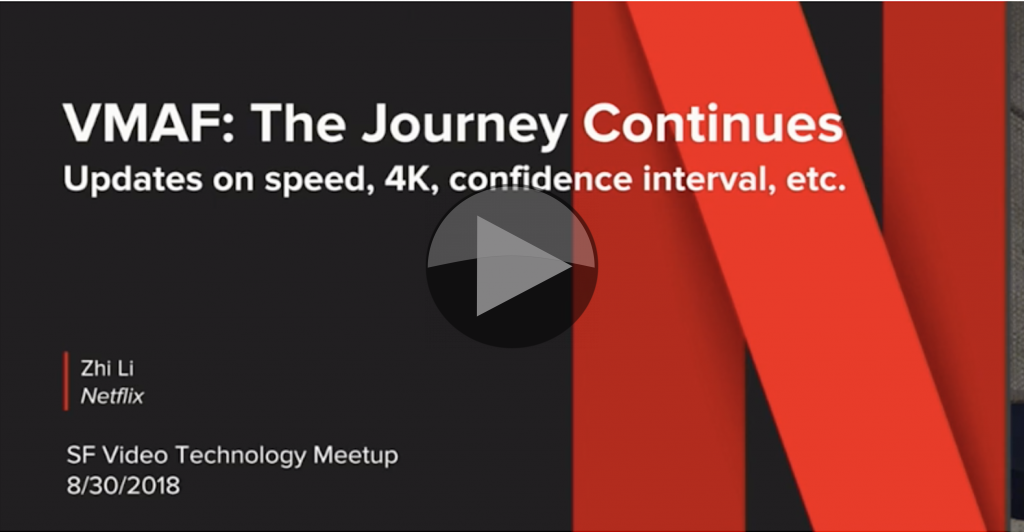There are a lot of codecs both new and old that are in use or vying to be the next big thing. Tom Vaughan helps us see what they really can achieve and where each one is useful.
Recorded at San Francisco Video Tech Meetup in September, this video starts with a look at a the ‘hype cycle’. Tom places each codec, from MPEG 2 to VVC on the curve before looking at what the barriers to adoption are.
Tom then looks at HEVC discussing which devices can receive it, which can create it, the streaming services which support it and where adoption is likely to be. Finally, HEVC discussion is complete without a look at the HEVC patent landscape Venn diagram.
The focus then shifts to the Alliance for Open Media and their AV1 codec, its patent status and technical progress to date. He then discusses the performance of AV1, HEVC and Beamr against each other.
Almost brand new out of the starting blocks is VVC from MPEG and the Media Coding Industry Forum (MC-IF). Tom explains the aims of the forum and the VVC codec they are creating before taking questions from the floor.
Speaker
 |
Tom Vaughan VP Strategy, Beamr |






